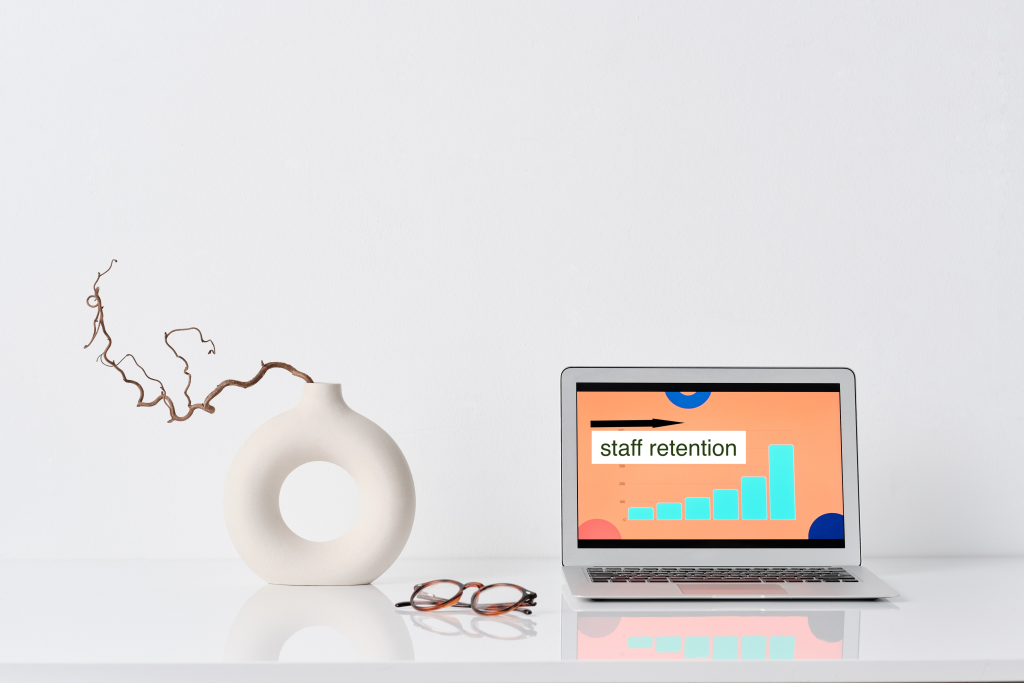In the midst of the numerous challenges facing General Practice in the UK, one critical area that requires attention is the wellbeing of healthcare staff. The demanding nature of the job, increasing workloads, and limited resources have taken a toll on the mental and physical health of professionals in the field. However, there is a glimmer of hope in the form of digital innovations that can revolutionise staff wellbeing in General Practice. By leveraging technological advancements, practices can create a supportive environment that prioritises the health and happiness of their workforce.
In this article, we’ll share 6 steps to drive staff wellbeing excellence in general practice.
1. Telehealth and Remote Working:
Digital innovations such as tele-health and remote working can significantly contribute to improving staff wellbeing. Telehealth allows healthcare professionals to provide virtual consultations, reducing the need for in-person visits and minimising stress associated with travel and scheduling. Remote working options provide flexibility and work-life balance, reducing burnout and enhancing job satisfaction.
2. Virtual Collaboration and Communication:
Effective communication and collaboration are vital for staff wellbeing. There are already a few communication enhancing features present in general practice. Digital tools that facilitate virtual collaboration platforms, instant messaging, and video conferencing can enhance teamwork, streamline communication, and reduce professional isolation. These technologies foster a sense of community among staff members, allowing for better support and shared decision-making. Most practices use the Instant Messaging (IM) system within SystmOne and EMIS, the predominant EHR in primary care. Microsoft teams is provided through licence purchase by practices. Accurx is another communication system that is taking the basic sms to a new level. depending on your package you can have text, email, and video formats of communication. It’s an easy-to-use platform where patients and healthcare professionals communicate.
3. E-Learning and Professional Development:
Investing in e-learning platforms and digital resources for continuous professional development can have a profound impact on staff wellbeing. Although it may also be a source of frustration for some. Alternating face to face with virtual meetings can provide the required blend. Providing access to online courses, webinars, and educational materials enables the primary care workforce to expand their knowledge and skills, enhancing job satisfaction and career progression. Additionally, these platforms can help address feelings of stagnation and increase engagement among staff members. Each staff group should have access to learning held within the practice that is relevant to their area of work.
4. Wellness Apps and Wearable Technology:
The use of wellness apps and wearable technology can empower healthcare professionals to track and manage their own wellbeing. GP practices could invest in these technologies offering discounts as part of delivering wellbeing strategy. These tools provide insights into physical activity, sleep patterns, stress levels, and overall health, enabling individuals to make informed decisions about their lifestyle and self-care. Wellness apps can also offer meditation and mindfulness exercises to alleviate stress and improve mental health of primary care team.
Moodbeam uses a push button to tract mood over the course of your day.
Dr John Torous, highlighted 4 main factors to consider when evaluating which digital platform is right for you.
1. Privacy and security: How secure is the platform?
2. What do you expect it to do for you?
3. Usability
4. Can you control your data ie can you share it with relevant people or is it just for you?

Data Analytics for Workload Management:
Digital innovations can assist in workload management by utilising data analytics. By collecting and analysing data on patient demand, appointment volumes, and staff availability, surgeries can optimise scheduling and resource allocation. This proactive approach reduces the burden on the GP workforce, prevents excessive workloads, and promotes a healthier work-life balance. Furthermore, quality Improvement methodology can help address different challenges in the work place including how to improve joy in work. Read more here.
Employee Wellbeing Platforms:
Implementing comprehensive employee wellbeing platforms that integrate various digital tools can create a centralised hub for staff to access resources, seek support, and engage in wellness initiatives. These platforms can offer mental health resources, self-assessment tools, staff feedback applications, peer support forums, and online counselling services. Staff feedback applications can give practices an opportunity to leverage technology in other to understand staff wellbeing and hopefully use that information from staff on a day-to-day basis to build a resilient organisation and a stable workforce.
Overall, digital innovations have the potential to revolutionise staff wellbeing in General Practice. By embracing tele-health, remote working, virtual collaboration, e-learning, wellness apps, data analytics, and employee wellbeing platforms, healthcare organisations can create a supportive and empowering environment for their workforce. Prioritising staff wellbeing not only improves job satisfaction, reduces burnout, and enhances mental health but also leads to better patient care and outcomes.
As General Practice faces its share of challenges, leveraging digital innovations becomes even more crucial in fostering resilience, increasing productivity, and ensuring the longevity of the healthcare workforce. By embracing these technological advancements, we can shape a future where staff wellbeing is at the forefront, allowing healthcare professionals to thrive and deliver high-quality care to their patients.
Remember, a healthy, engaged and happy workforce is the cornerstone of a successful and sustainable National Health Service.



